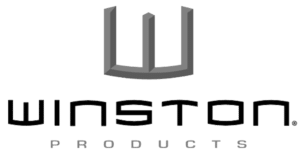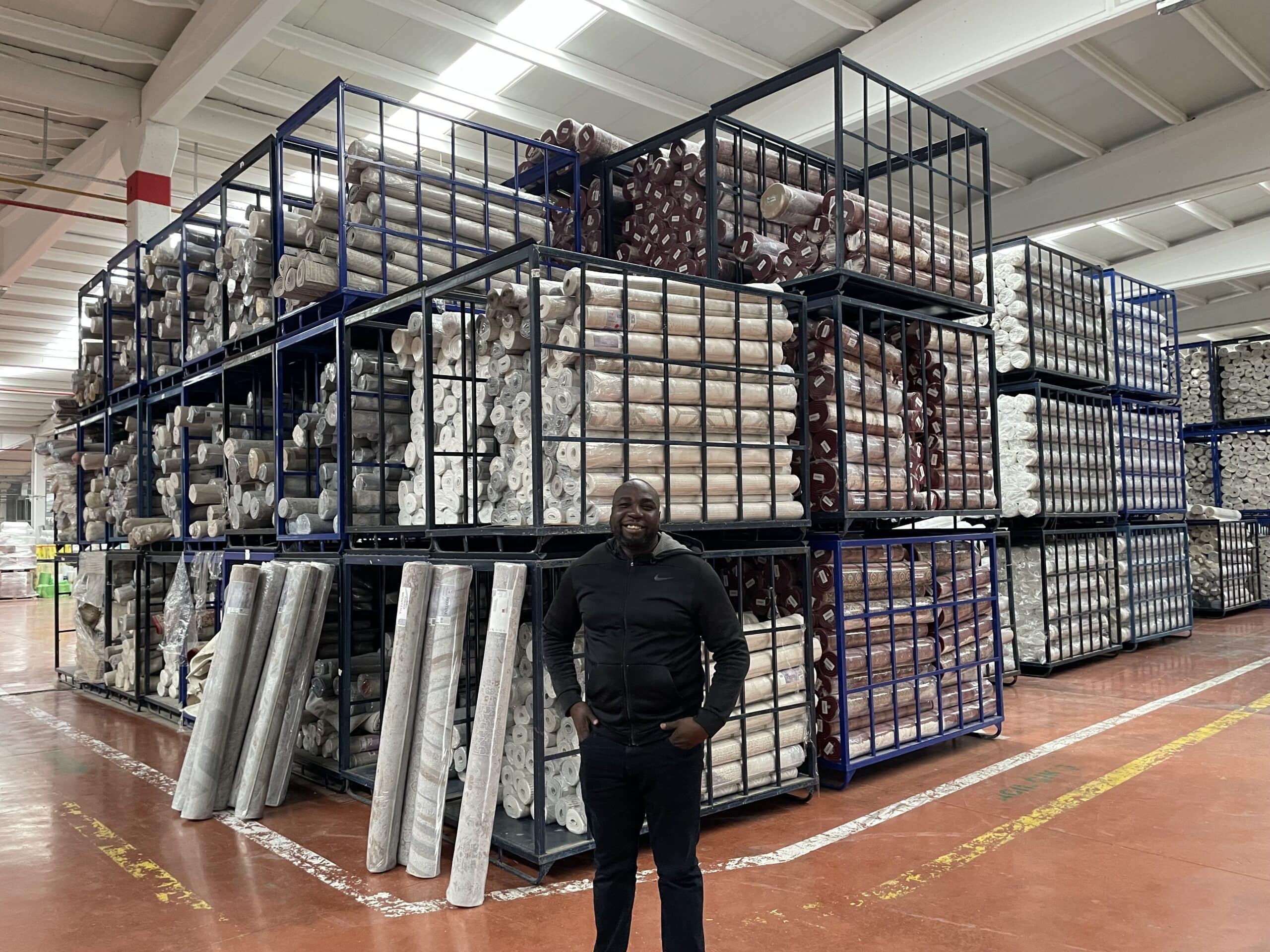“I would highly recommend Trellis Corporation. Their expertise, reliability, and dedication to client success set them apart from the competition.”
Tobi Odunaiya, CEO from Luxe Weavers
Building PPC Calendars From Years of Event-Adjusted Data
Most brands still plan their PPC budgets by guessing. They lean on last year’s results, a few gut calls, or whatever feels right in the moment. This approach leads to waste...























